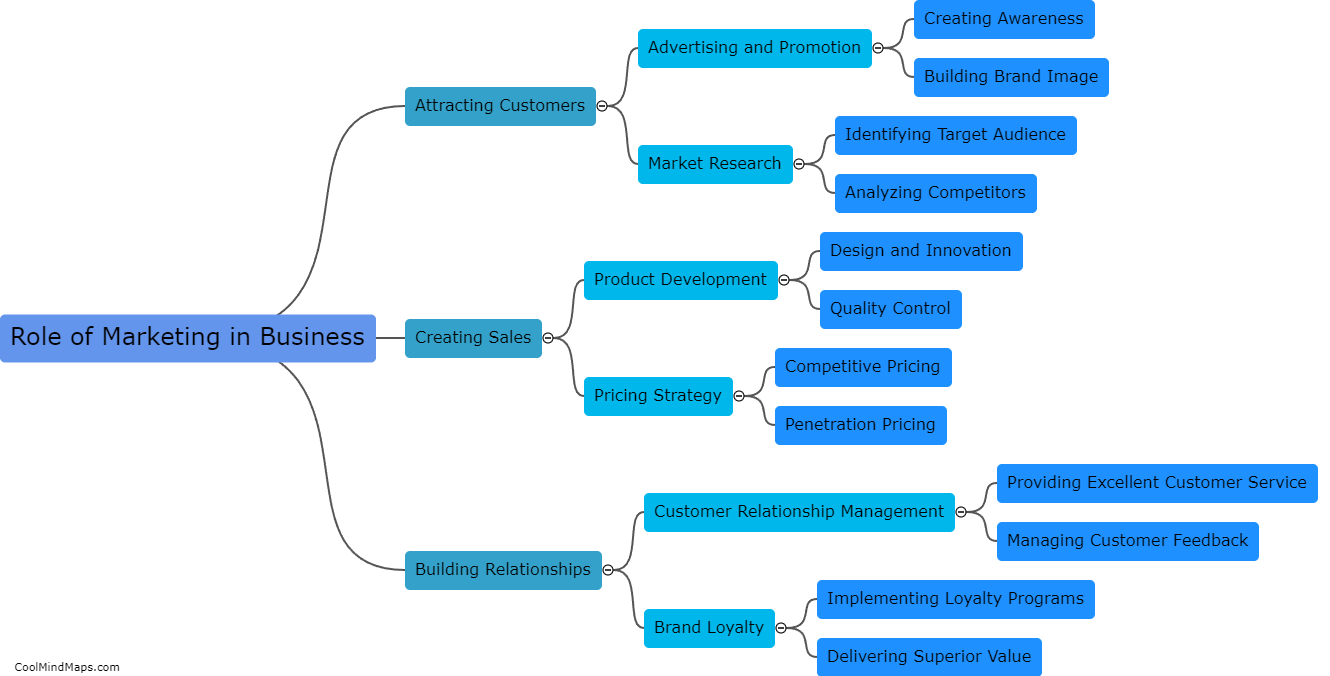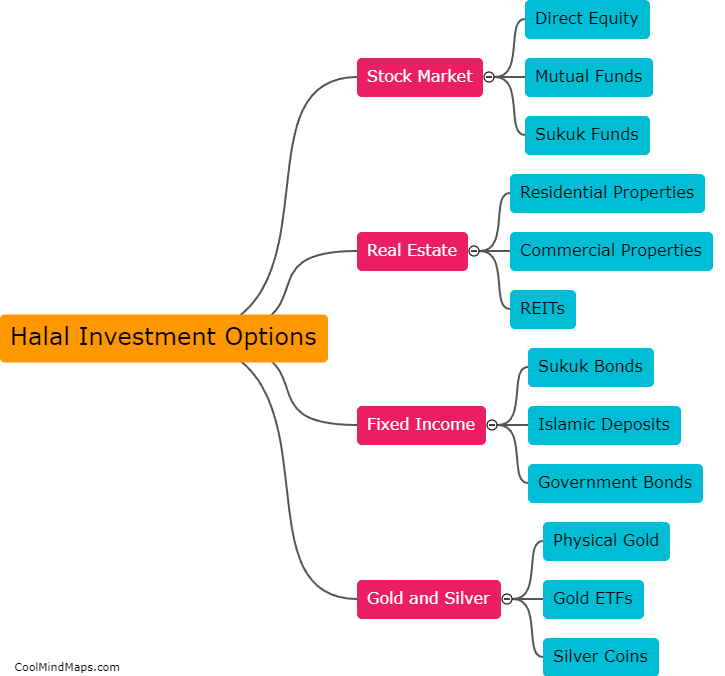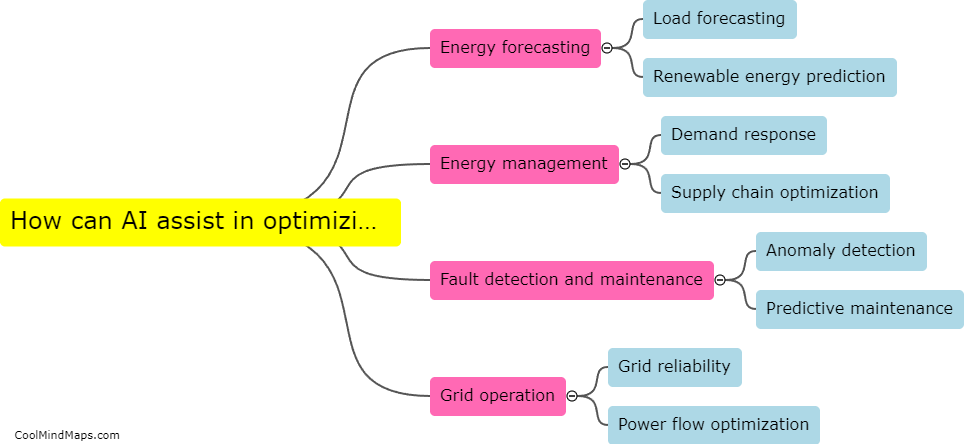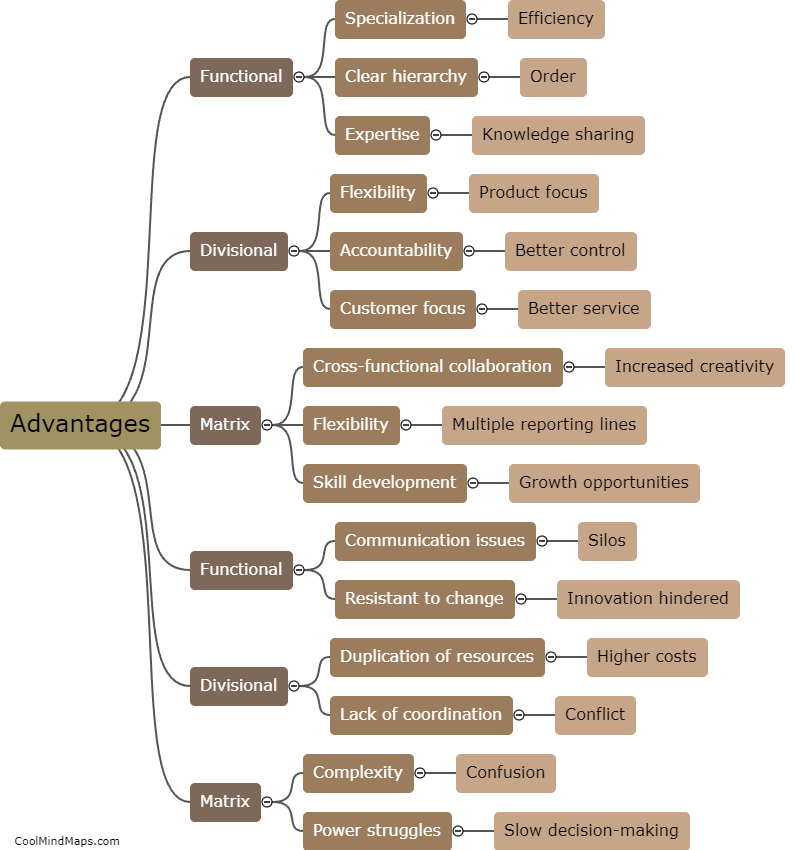What are the challenges in implementing AI in energy system modeling?
Implementing AI in energy system modeling faces several challenges. Firstly, data availability and quality pose a significant hurdle. AI algorithms heavily rely on large amounts of accurate data for training, but the energy sector often lacks comprehensive and up-to-date data. Moreover, the data may be fragmented across different sources, making it difficult to gather, integrate, and maintain consistency. Secondly, the complexity of energy systems itself is a challenge. Energy systems involve multiple interconnected components, such as power plants, grids, and demand-side management, which makes modeling and predicting their behavior a complex task. Incorporating AI algorithms into existing models and ensuring their accuracy and reliability is a technical challenge that requires specialized expertise. Additionally, there is a need to address ethical concerns related to AI, such as transparency, fairness, and explainability, to ensure that the AI models are trustworthy and accountable. Overall, overcoming these challenges is crucial for successful implementation of AI in energy system modeling to unlock the full potential of AI in optimizing energy planning, operations, and decision-making.
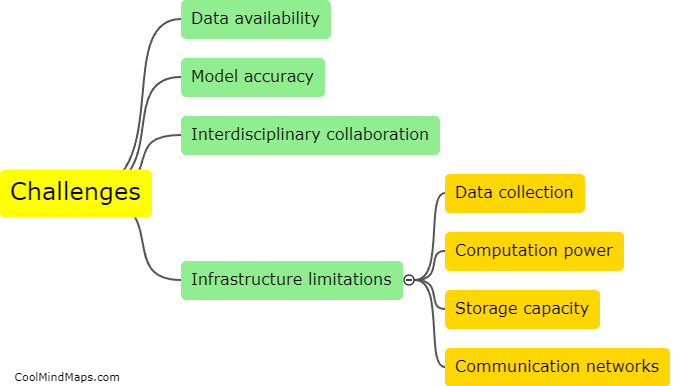
This mind map was published on 19 November 2023 and has been viewed 89 times.

